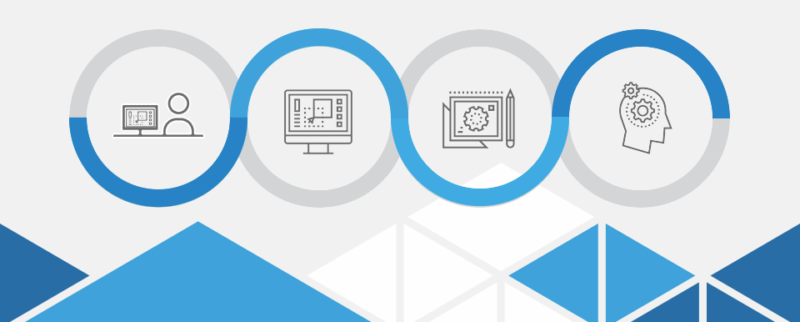Offering products and services with unbeatable quality: that has long been the mission of many companies. In fact it was the key to their success.
With the emphasis on “was.” Then came the age of “the customer.”
Suddenly it was all about the customer. They had to be “earned” daily in their millions, and when the customer had everything, the market gurus switched to “customer experience.”
This customer experience still counts for a lot, as demonstrated by Ryanair, Uber and Airbnb. These “disruptors” are leaving many conventional companies helplessly behind.
So what more can they do to further justify their existence in future?
Focus on the product: a Miele is for life
The 1960s were dominated by new appliances that made daily life easier for us: washing machines, vacuum cleaners, lawn mowers … you name it.
The main objective of each manufacture was to make the best product. Not just the best quality, but simply indestructible. The German appliance manufacturer Miele was famous for this: “Expensive, but made to last a lifetime.”
The profit margins of Miele (and other producers) lay in standardisation: the fewer variants of the product, the more profit could be extracted from the critical mass of components.
The same applied to service: here too, the emphasis was on quality and standardisation. Computerisation contributed significantly to this.
The most successful companies were the ones that could “sell” as many of their services to as many customers as possible.
Focus on the customer: all extras as standard
But then customers became even more demanding. Or manufacturers became more inventive. Which came first? Difficult to say: it’s always been a chicken-or-egg question. But whatever the case, customers demanded – and got – ever more customisation.
Standardisation was now “out.” No two cars identical, no two customers served according to the same pattern. The customer is king. Even more than that: manufacturers and service providers no longer charge for the “extras,” in the hope of retaining the customer.
Based on this customer-centric thinking, companies seek to distinguish themselves from the competition through the concept of “experience.”
Steve Jobs (yes, the Apple guy), was one of the first to put this customer experience front and centre: “We have to start from the customer experience and then work back to the technology, not the other way round.” Not like IBM and Microsoft, in other words.
Focus on a fast-changing environment
But putting the product or even the customer front and centre no longer applies in these fast-changing times. Nobody wants a cumbersome standard solution any more, let alone a “customised” solution that actually has only one characteristic, namely lack of flexibility.
“Flexibility,” now we’re talking. The concept may not be new, but now it is more essential than ever in order to meet the challenges posed by the rapidly increasing number of technological solutions.
Uber would never have managed to disrupt the old-established taxi operators without the technology that made it possible to have a user-friendly app that instantly matched supply and demand.
AliBaba would never have managed to scare the pants off the forwarders without a technology that permitted internet shopping at container level.
Are these new products, or even new services?
No. They are still the same cars, containers and taxi trips.
What’s different are the processes. And they are changing constantly.
Focus on the processes
To react in a flexible way to rapidly changing situations, the unpredictable market and the unique requirements of each customer, we need to focus on the process.
Do that, and you no longer need to cling fast to the product, service or customer.
Companies that can put their customers’ business processes front and centre and react quickly and flexibly to each stage in the process have a golden future in front of them.
Because the world will keep changing.
And technology will continue to accelerate.
In the not-too-distant future, cars will drive off the ship by themselves, all components will be 3D-printed in the warehouse for a fully customised product, and our built-in chip will tell us when it’s time for the next check-up.
Right?

